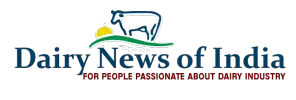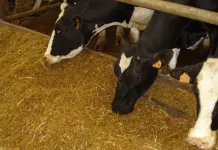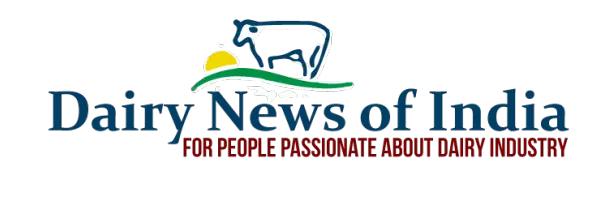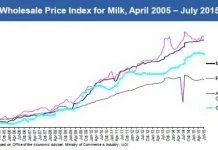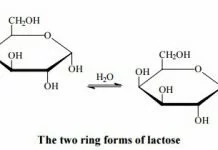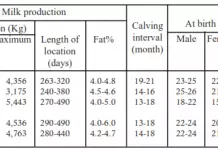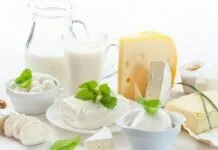Dairy sector structural overview, Dairy Herds — Steady growth; cow numbers seem to be growing ahead of buffaloes
Many states of India do not allow cow slaughter.
- In these states the economics of cow rearing are negatively affected due to the absence of an economic contribution from meat.
- So buffalo is the preferred dairy animal in these states. Buffalo meat sells across India and is exported in very high volumes.
Buffalo milk is preferred due to its higher fat content (around 6.7%).
States where buffalo milk constitutes more than 50% of milk are:
- Haryana, Andhra Pradesh, Delhi, Punjab, Uttar Pradesh,Chandigarh, Gujarat, Uttarakhand, Rajasthan & Madhya Pradesh.
- In the above states, buffalo herds are growing faster than cows
States where milk from crossbred cows constitutes over 50% of milk:
- Goa, Jammu & Kashmir, Puducherry, Kerala, Manipur, Mizoram,Nagaland, Sikkim, Tamil Nadu, Meghalaya.
- It should be noted that these states permit cow slaughter. In these states cow herds are growing fast.
Goat numbers are increasing due to the high price of goat meat.
Dairy Herds – Constraints to Growth Feed access remains the major problem
Constraints to Herd Growth:
- There is continuing, tremendous pressure of livestock on available feed & fodder, as land available for fodder production has been decreasing. The country faces a net deficit of more than 62% green fodder, 23% dry crop residues and 64% concentrate feeds.
- In animal feed supply, coarse cereals (maize, barley, sorghum and pearl millet) play a major role.
- Production of feed cereals is stagnating at around 30 million tons.
- Utilization of crop residues for packaging and other industrial requirement as well as incorporation of crop residues into soil will worsen the supply situation in the near future (it’s already happening).
- GOI has implemented a scheme for Fodder and Feed Development with an outlay of about Rs. 800 mio per year.
Dairy Herds – Constraints to Growth Concentrates = just 12% of total nutrients (2010), reaching 17% by 2030
- Only a moderately increasing supply of concentrates will allow the overall nutrient deficit to be held at its current level.
- Increase in prices of milk is enabling farmers to buy more concentrates, in turn leading to a demand pull for the concentrate supply

Comments
comments
